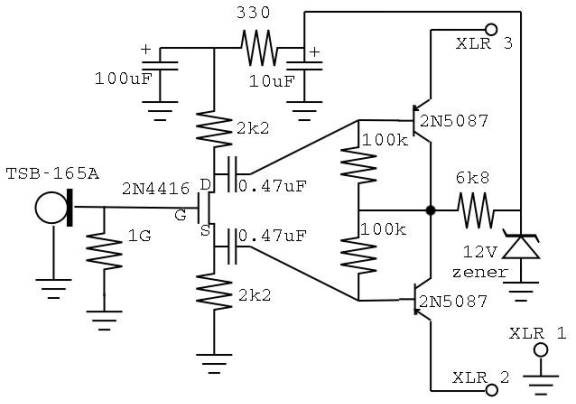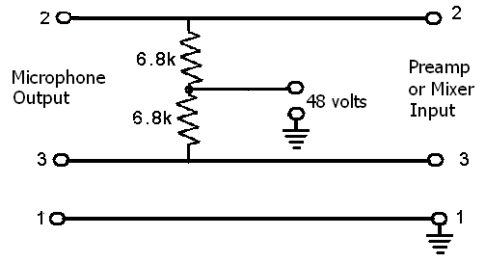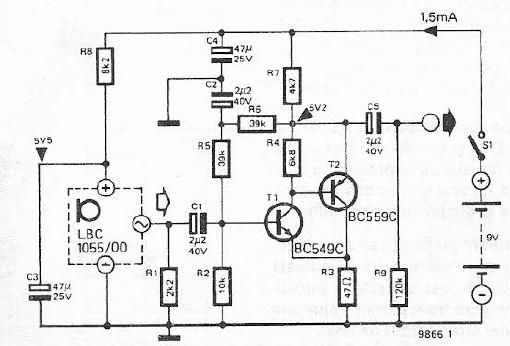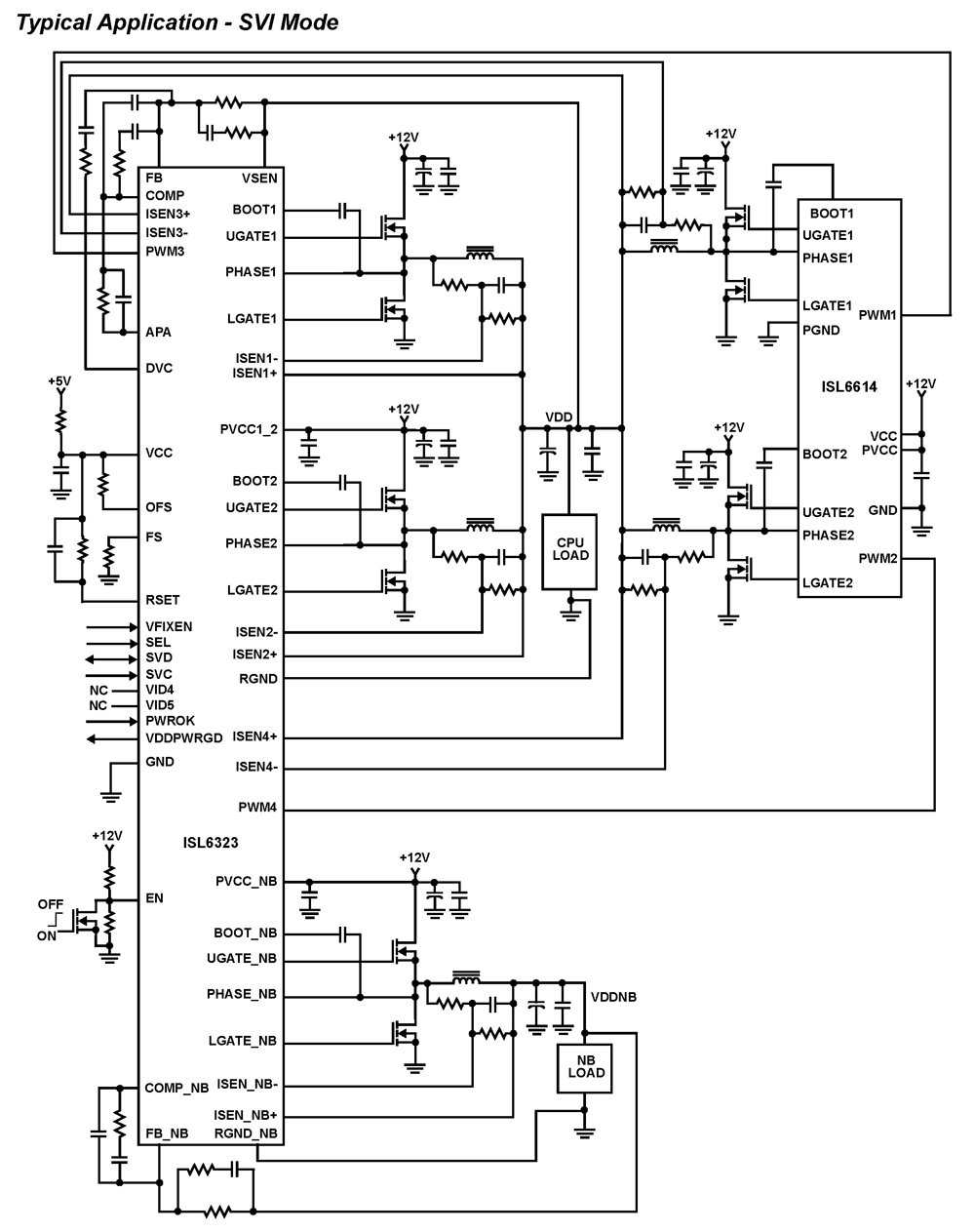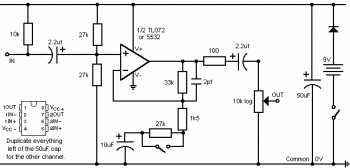
Powering Electret Microphones

A condenser microphone (electret type with two terminals) is to be powered. A resistor of 1 kΩ and a capacitor of 10 µF have been connected to its positive terminal, while the other terminal is grounded.
To power an electret condenser microphone, the typical configuration involves connecting a resistor and a capacitor to create a suitable biasing and coupling network. In this case, a 1 kΩ resistor is employed to provide the necessary bias voltage to the microphone's internal FET (Field Effect Transistor), which is essential for the microphone to operate effectively. The resistor connects the positive terminal of the microphone to a DC voltage supply, typically between 1.5V and 9V, depending on the specific microphone specifications.
The 10 µF capacitor serves as a coupling capacitor, which allows the audio signal generated by the microphone to pass while blocking any DC voltage present at the microphone’s output. This capacitor is connected to the output terminal of the microphone, ensuring that only the AC audio signal is transmitted to the subsequent audio processing stages, such as an amplifier or audio interface. The other terminal of the microphone is grounded, which establishes a common reference point for the circuit.
It is important to ensure that the capacitor's voltage rating exceeds the supply voltage to prevent breakdown. Additionally, the values of the resistor and capacitor can be adjusted based on the desired frequency response and sensitivity of the microphone circuit. The selected values of 1 kΩ and 10 µF provide a good balance for general audio applications, allowing for effective signal transmission while maintaining stability in the circuit. Proper PCB layout practices should be followed to minimize noise pickup and ensure reliable operation of the microphone in various environments.I want to power a condenser MIC ( Electret 2 terminals ). I connected a resistance of 1k and capacitance of 10uf to its positive terminal and grounded other te.. 🔗 External reference
To power an electret condenser microphone, the typical configuration involves connecting a resistor and a capacitor to create a suitable biasing and coupling network. In this case, a 1 kΩ resistor is employed to provide the necessary bias voltage to the microphone's internal FET (Field Effect Transistor), which is essential for the microphone to operate effectively. The resistor connects the positive terminal of the microphone to a DC voltage supply, typically between 1.5V and 9V, depending on the specific microphone specifications.
The 10 µF capacitor serves as a coupling capacitor, which allows the audio signal generated by the microphone to pass while blocking any DC voltage present at the microphone’s output. This capacitor is connected to the output terminal of the microphone, ensuring that only the AC audio signal is transmitted to the subsequent audio processing stages, such as an amplifier or audio interface. The other terminal of the microphone is grounded, which establishes a common reference point for the circuit.
It is important to ensure that the capacitor's voltage rating exceeds the supply voltage to prevent breakdown. Additionally, the values of the resistor and capacitor can be adjusted based on the desired frequency response and sensitivity of the microphone circuit. The selected values of 1 kΩ and 10 µF provide a good balance for general audio applications, allowing for effective signal transmission while maintaining stability in the circuit. Proper PCB layout practices should be followed to minimize noise pickup and ensure reliable operation of the microphone in various environments.I want to power a condenser MIC ( Electret 2 terminals ). I connected a resistance of 1k and capacitance of 10uf to its positive terminal and grounded other te.. 🔗 External reference
